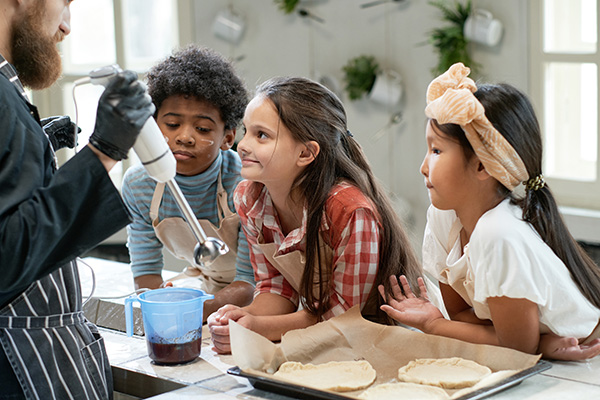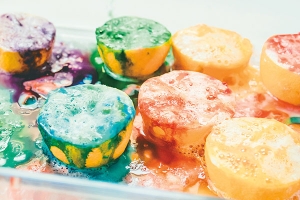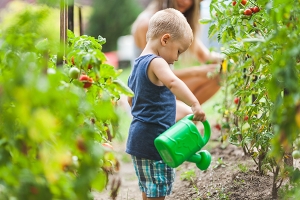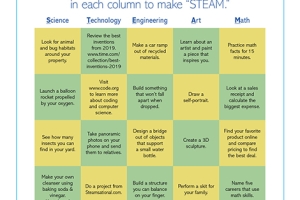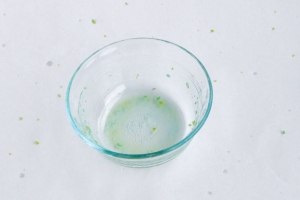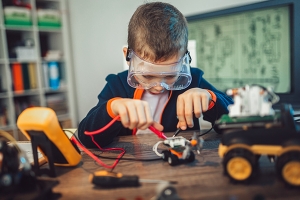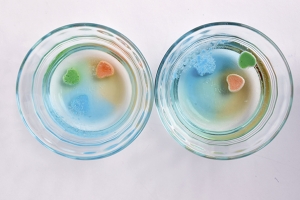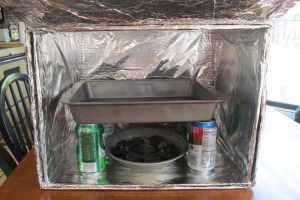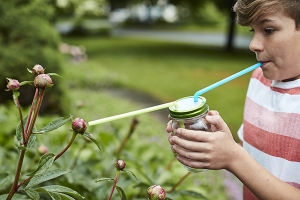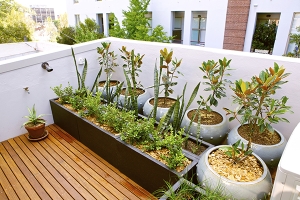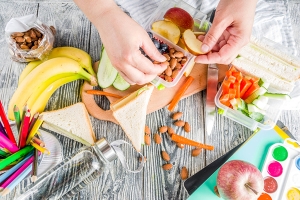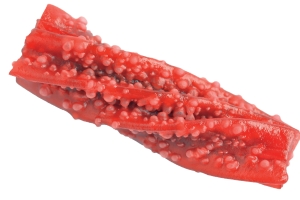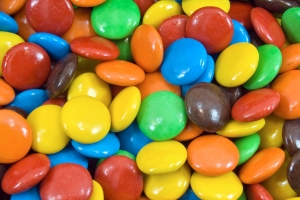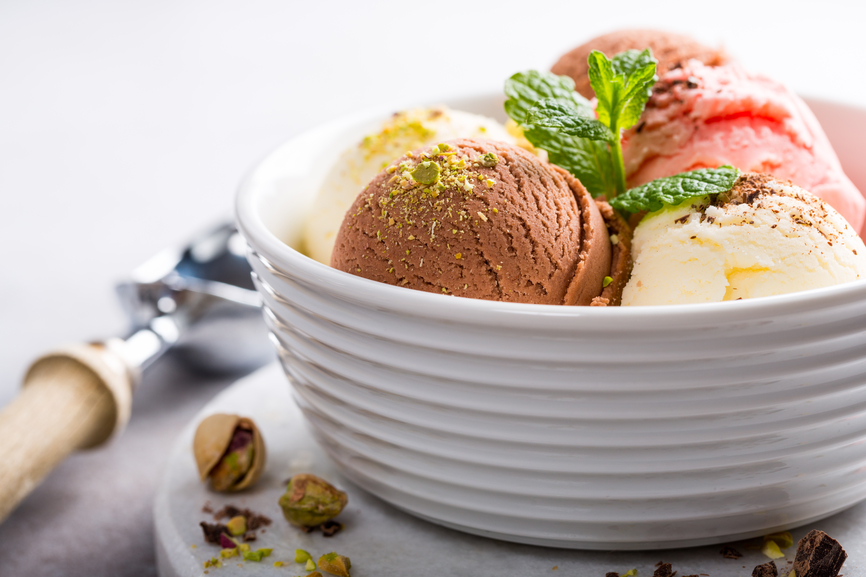
There's nothing like a delicious bowl of ice cream to kick off the summer season! Although the origins of this frosty treat are uncertain, we do know that William Young patented the first hand-cranked ice cream freezer on May 30, 1848. This handy invention greatly simplified the process of making ice cream. Fortunately, you really don’t need any fancy equipment to prepare a delicious frozen dessert. With a little science knowledge and the contents of your kitchen, you can create a creamy confection that is worthy of any hot fudge sundae.
Materials:
whole milk
sugar
vanilla extract
rock salt or table salt
crushed ice
gallon size zipper-top bags
quart size zipper-top bags
measuring spoons
measuring cups
gloves
To Do:
1.) Combine ½ cup milk, 1 tablespoon of sugar, and ¼ teaspoon vanilla extract in the pint size bag and seal the bag closed.
2.) Place approximately four cups of crushed ice and ¼ cup of salt in the gallon size bag.
3.) Place the smaller bag with the milk and sugar mixture into the gallon size bag. Squeeze the bag to let out any excess air and then seal the bag tightly.
4.) Now comes the fun part. Shake and knead the bag until the liquid ingredients begin to freeze. Be patient—this may take five minutes or more. You might want to put on a pair of gloves to protect your hands from the cold.
5.) Once the ice cream appears sufficiently frozen, remove the smaller bag from the larger one and wipe off any salt water.
6.) Open the bag carefully, and then grab a spoon and dig in!
Now Try This:
What might happen if you adjusted the amounts of some of the ingredients? Try adding different quantities of salt and observe how long it takes for your ice cream to freeze. If you have a thermometer, place it in the ice and salt mixture. Are you surprised by the temperature? When you get tired of vanilla ice cream, add a different flavor of extract or a small amount of chocolate syrup to your recipe.
What’s Going On?
Water freezes into ice at 32 degrees Fahrenheit. So you might expect a thermometer placed inside the bag of ice and salt to read approximately 32 degrees. In reality, the temperature is closer to 14 degrees. How can this be?
In order for ice to melt, it has to absorb energy (heat) from the surrounding environment. Adding salt to ice lowers its freezing point, which means it has to absorb even more energy in order to melt. During the ice cream-making process, the ice gets this energy from the milk and sugar mixture. As a result, the mixture becomes colder and eventually freezes into ice cream.
-----------------------
Debbie DeRoma is the former education manager at the Fleet Science Center.
